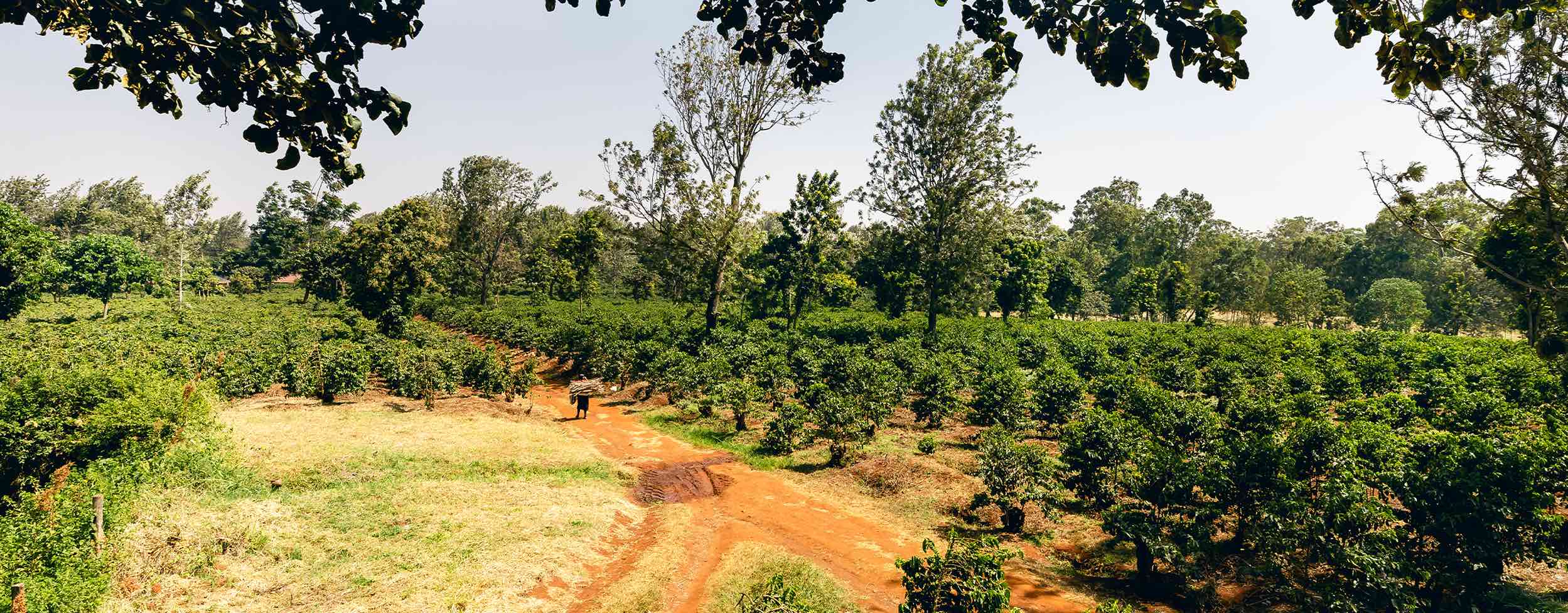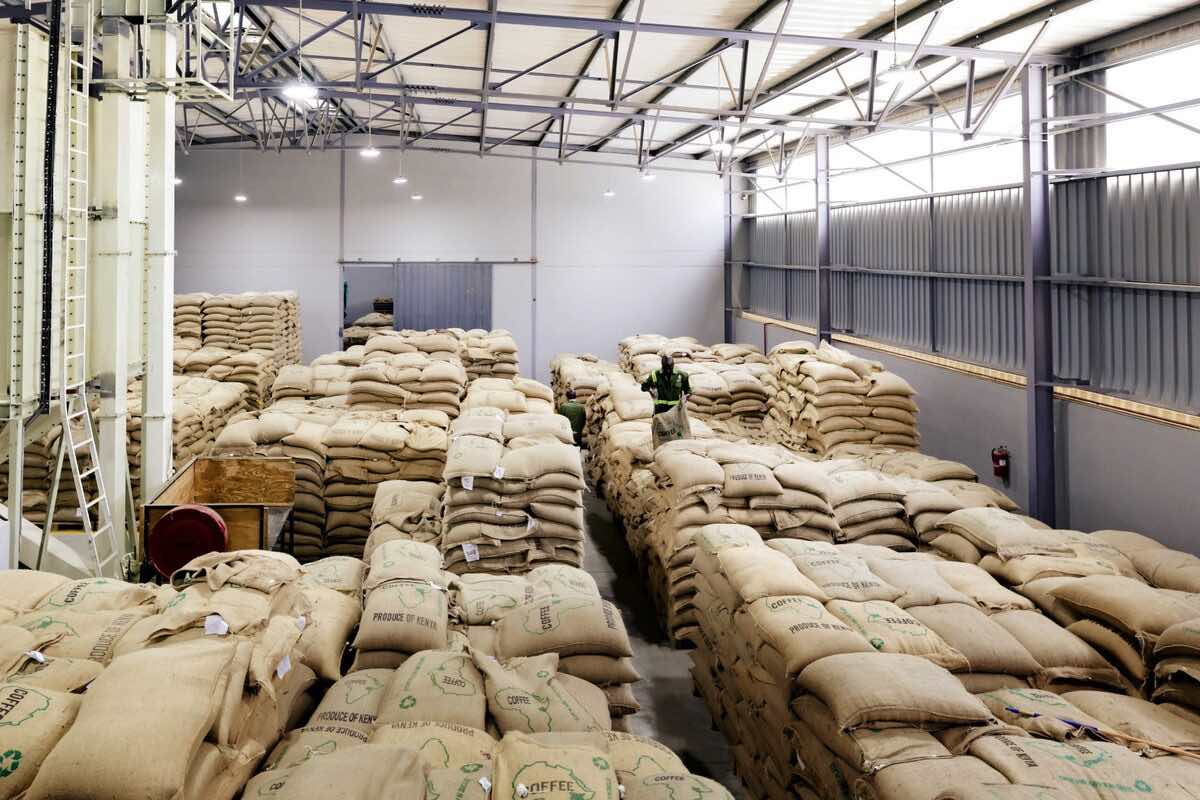
Perfecting the Art of Cherry Picking
Introduction:Perfecting the Art of Cherry Picking: Best Practices by Servicoff Limited
Cherry picking is a delicate and crucial stage in the coffee farming process. The quality of coffee beans is significantly influenced by how well cherries are selected and harvested. At Servicoff Limited, we understand the importance of this process and its impact on the final product. In this comprehensive guide, we will walk you through the best practices and processes of cherry picking, ensuring that coffee farmers can achieve the highest quality beans and maintain the reputation of their coffee farms.
Understanding Cherry Ripeness
The first step in mastering cherry picking is understanding the different stages of cherry ripeness. Coffee cherries transition through various colors, each indicating a specific level of maturity:
1. Green Stage: Cherries are unripe and green.
2. Yellow Stage: Cherries are partially ripe, with a yellow hue.
3. Orange Stage: Cherries are ripe, turning from green to orange.
4. Red Stage: Cherries are fully ripe, exhibiting a vibrant red color.
Best Practices for Cherry Picking
1. Selective Picking: Instead of harvesting all cherries at once, selective picking involves harvesting only the ripe cherries during each round. This practice ensures that only the highest quality cherries are collected, leading to superior coffee flavor and aroma.
2. Regular Inspections: Regularly inspecting the coffee trees is essential to identify cherries that are at their peak of ripeness. This helps prevent overripening or under- ripening of cherries.
3. Gentle Handling: Handle cherries with care to prevent damage to the fruit and the coffee tree. Proper handling maintains the integrity of the cherries and minimizes the risk of introducing defects.
4. Two-Pass Harvesting: In areas with multiple harvest seasons, using a two-pass harvesting approach allows farmers to collect the ripe cherries during the initial pass and then revisit the trees for subsequent harvests to pick any cherries that have ripened since the previous visit.
5. Use of Handheld Tools: Handheld tools like shears or small clippers are recommended for cherry picking. They allow precise and gentle removal of cherries from the branch without harming the plant.
Cherry Picking Process
Step 1: Preparation
– Gather necessary tools, such as handheld clippers or shears, baskets, and protective gear.
– Choose the right time of day for picking, typically during the morning when cherries are at their freshest.
Step 2: Selection
– Start by selecting a tree or area to begin picking.
– Focus on harvesting only the ripe cherries, leaving unripe ones for subsequent rounds.
Step 3: Picking
– Hold the branch with one hand while using the clippers or shears with the other to snip the cherries off the stem.
– Place the picked cherries gently into baskets to prevent bruising or damage.
Step 4: Sorting
– After picking, sort through the cherries to remove any damaged, overripe, or underripe ones. Only the highest quality cherries should be retained.
Step 5: Immediate Processing
– Process the harvested cherries as soon as possible. This can include pulping, fermentation, washing, and drying, depending on the specific processing methods used.
Conclusion
Cherry picking is an art that requires precision, knowledge, and a deep understanding of the coffee plant’s life cycle. At Servicoff Limited, we believe that mastering the art of cherry picking can elevate the quality of coffee beans and contribute to the success of coffee farms.
By following the best practices outlined in this guide, coffee farmers can ensure that their cherries are picked at the ideal stage of ripeness, leading to exceptional coffee that delights the palate of coffee enthusiasts worldwide. Remember, a successful harvest starts with careful cherry selection – the heart of every great cup of coffee.





